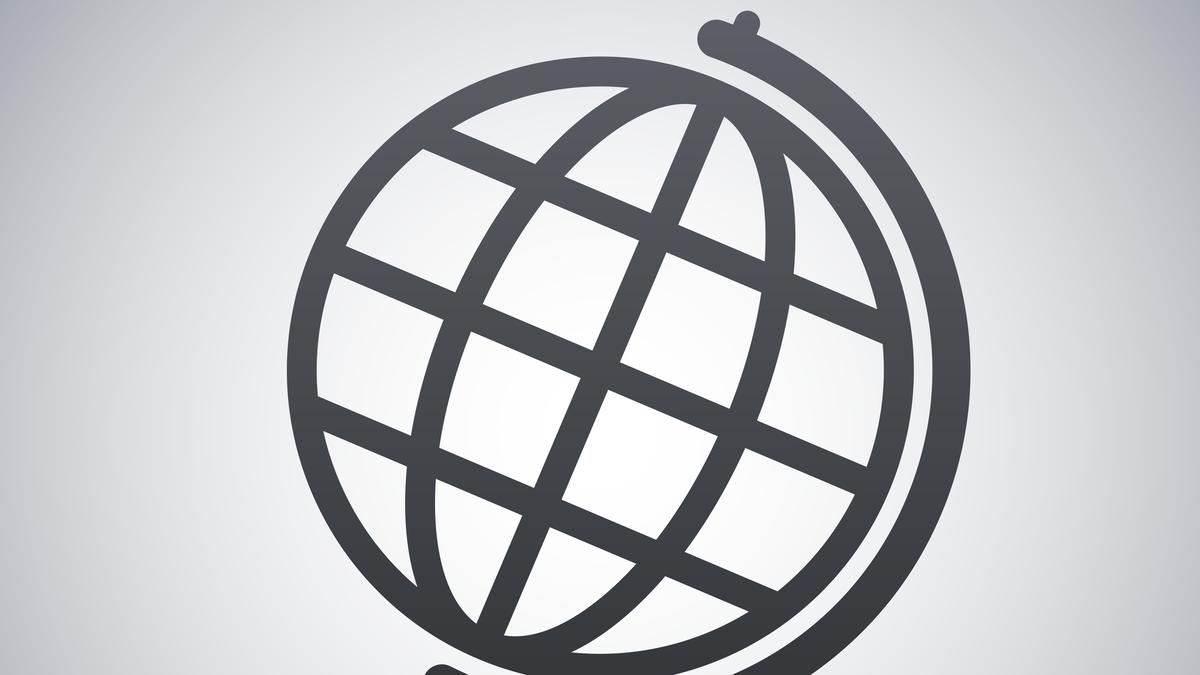With just a third of the sand left in the hourglass to achieve the 2030 Agenda for Sustainable Development, urgency defines our times. Nowhere is this more evident than in the evolution of South-South and Triangular Cooperation (SSTC), recognised each year by the United Nations on September 12 as the UN Day for South-South and Triangular Cooperation. This date also marks the anniversary of the 1978 Buenos Aires Plan of Action (BAPA), which laid the foundation for technical cooperation among developing nations. More than a framework for assistance flows, BAPA enshrined principles of solidarity, mutual respect, and shared learning. Over the decades, these principles have become cornerstones of South-South cooperation, more relevant now as the global order has shifted and demand for new partnership models has intensified.
SSTC has emerged as a vital complement to traditional aid in a world grappling with geopolitical conflicts, climate change, and widening inequalities. With cost-effectiveness, replicability, and contextual relevance, SSTC offers better returns on investment, particularly as funding for humanitarian and development sectors declines.
India’s role and philosophy
India’s development journey embodies the philosophy of Vasudhaiva Kutumbakam — the world is one family. India is uniquely positioned to champion SSTC, as a leading voice for sovereignty, inclusion and mutual respect; as a nation with one of the world’s largest food safety nets and one which transitioned to a food-surplus economy.
India’s contributions are wide-ranging: hosting the Voice of the Global South Summits; leading efforts during its G-20 presidency to secure permanent membership for the African Union; establishing the Development Partnership Administration in the Foreign Ministry; and the impactful Indian Technical and Economic Cooperation programme, which built capacity in more than 160 countries. India launched the India-UN Development Partnership Fund, promoted its digital public infrastructure models such as Aadhaar and UPI globally, and continues to strengthen collaboration through several plurilateral platforms.
Equally important, India has become a hub of innovation — developing tailored, cost-effective and locally appropriate solutions across digital transformation, climate resilience, health systems and sustainable financing.
In this context, India’s productive partnership with the World Food Programme (WFP), a UN agency, is a shining example of a joint development of innovations and solutions that unlock public investment and scale best practices across India. Over six decades, India was a testing ground for WFP initiatives with global relevance, deploying digital tools, improving food distribution and advancing climate-resilient farming best practices. India and the WFP worked together to pilot notable Indian innovations such as the Annapurti or Grain ATM, optimisation of the national supply chain within the food public distribution system, the women-led Take-Home Ration programme, and the national rice fortification project. These initiatives, which improved food security domestically, also provide replicable models for other developing nations.
Redefining partnerships
The complexity of today’s challenges demands diversified partnerships. Triangular cooperation, linking developing countries with traditional and emerging donors, amplifies good practices, unlocks resources, and fosters trust and mutual accountability. Equally, partnerships must extend beyond governments to civil society, the private sector, and grassroots communities. Such collaboration creates more holistic, sustainable, and people-centred development models.
SSTC also provides a better return on investment, being frugal and replicable across similar contexts. This is a critical imperative in view of the reduction in funding for humanitarian and development sectors.
Over the past three decades, 47 governments have contributed to the UN Fund for South-South Cooperation, supporting initiatives that have reached more than 70 countries and benefited people in 155 nations. Since its establishment in 2017, the India-UN Development Partnership Fund has financed over 75 transformative, demand-driven projects across 56 developing countries, particularly in Least Developed Countries and Small Island Developing States.
In 2024, the WFP mobilised over $10.9 million from Global South countries and the private sector to support SSTC projects aligned with Sustainable Development Goal 2: Zero Hunger. Recent India-WFP initiatives such as the United Nations Sustainable Development Goals pool funds for rice fortification and supply chain optimisation in Nepal, and a UN India Development Fund project in the Lao People’s Democratic Republic, demonstrate a shared commitment to translating commitments into action.
The theme for UN Day for South-South Cooperation 2025 — “New Opportunities and Innovation through SSTC” — captures the challenge before us. Real progress requires strong institutions, adequate financing and the courage to innovate. It also means investing in knowledge-sharing platforms, expanding access to finance, and strengthening accountability and learning mechanisms. India is cementing its leadership by enhancing regional and global cooperation in food security, nutrition, and resilience.
A new spirit of partnership
The world needs a renewed spirit of partnership – one that values contributions from all countries, fosters equality, and prizes innovation. SSTC is more than a diplomatic phrase. It is a tool for transformation, a lifeline for billions, and a pathway to a more equitable and sustainable future.
Vani Rao is India’s Ambassador to Italy. Elisabeth Faure is Country Director, World Food Programme in India
Published – September 30, 2025 12:08 am IST

